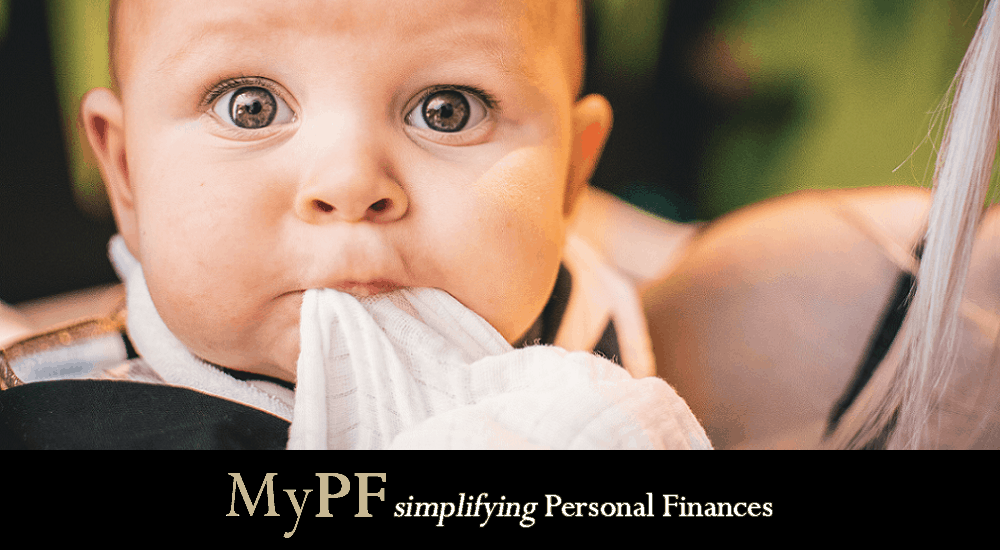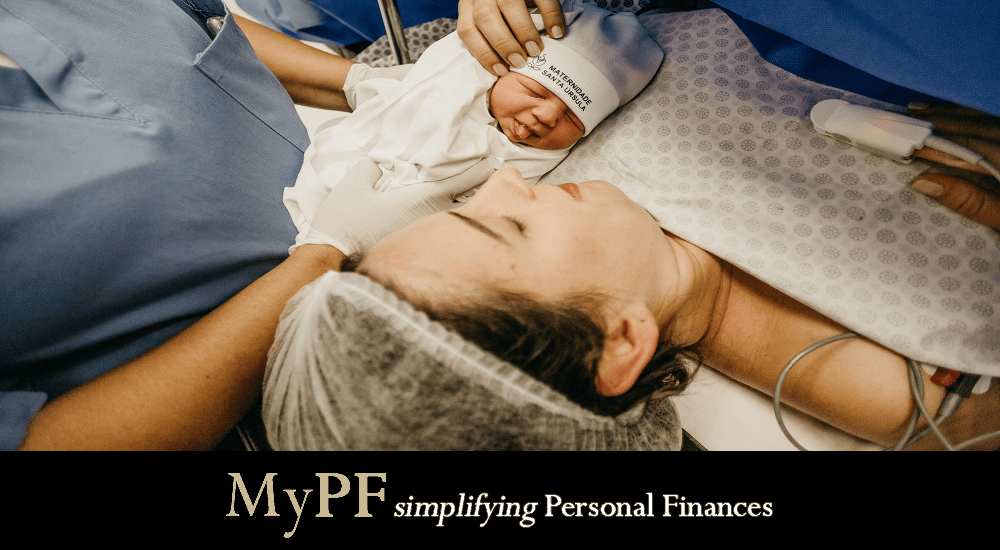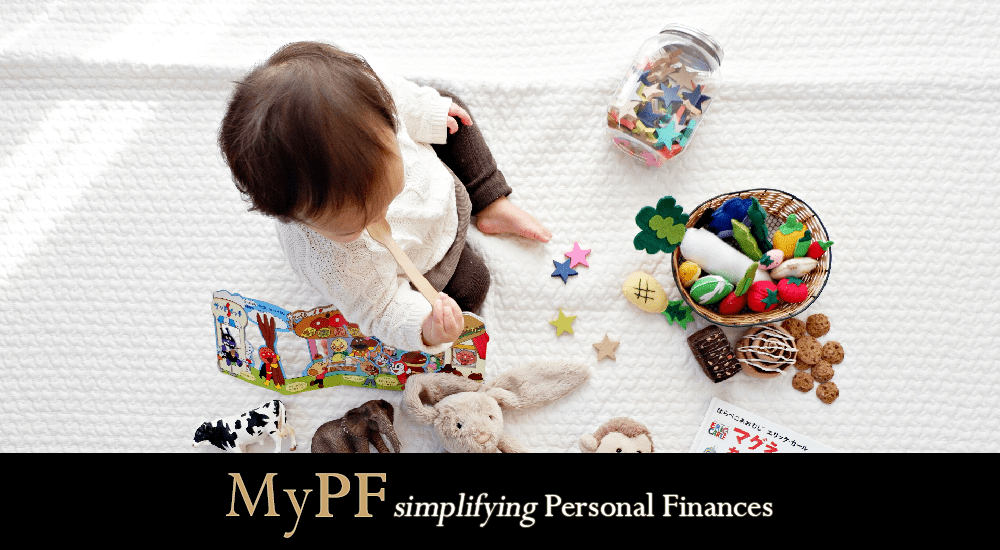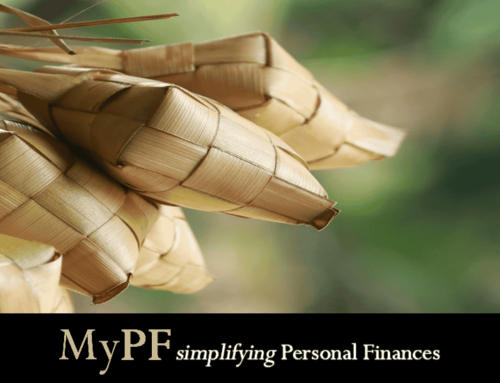Caring for a baby is expensive. Take a look at your diapering options and determine what matches your needs best.
Every parent wants to provide the best for their little one. What defines the term “best” is very much up to each set of parents. What they can afford, what they can or cannot live with, etc.
Caring for your little bub can get costly, so it’s always great to study your options so you can be reassured your choices are what you think are the best among the lot.
In this article, we compare between cloth (reusable) diapers and disposable diapers. Which are the most bang for your buck? Environmental impact? Which helps preserve your sanity?
Note: This article makes no distinction between the different types of cloth diapers (e.g. lampin/flat-napkin, inserts, covers, all-in-one, all-in-two, etc.) available in the market or the type of fibers they are made of (e.g. cotton, bamboo cotton, microfiber, etc.).
Contents
#1. Diaper Cost
A quick search on Shopee reveals the cost per cloth diaper plus clips and covers ranges from RM5 all the way to RM22. We will assume RM20 per cloth diaper.
You would likely need 12 cloth diapers a day. Let’s assume you want 24 diapers, giving you ample time to dry the cloth diapers between laundry loads.
This means your cloth diaper endeavor racks up RM20 x 24 = RM480. This lasts you the entire duration before your baby is potty trained, and there’s also resale value as well.
This does not include the cost of doing laundry, but guess what, you can indeed wash your baby’s cloth diapers (rinse well first) with your regular laundry.
Now, looking at disposable diapers, a quick search on Shopee estimates RM31 for 62 pieces of L sized disposable diapers. That comes to RM0.50 per piece.
An average baby uses 8 diapers a day, and up to 6,000 pieces in their first two years. RM0.50 x 6000 = RM3,000. And, there’s no resale value.
Verdict: Cloth diapers win hands down.
#2. Additional Costs
There are other costs involved in maintaining either diapering option.
For cloth diapers:
- Water for laundering
- Detergent for laundering
- Electricity if using a washing machine
- Wet bag or diaper bin to keep soiled diapers before laundering
- Effort required to pre-rinse, wash, dry, fold
For disposable diapers:
- Dedicated diaper trash bin
- Excess of smaller diapers if baby grows faster than expected
Verdict: Disposable diapers win at saving you extra costs.
#3. Absorbency
The ability of the diaper to absorb your baby’s waste relates to several matters, including:
- Leakage
- Diaper rash
- Urinary tract infection
- Potty training
The first 3 are simple – You should never leave your baby in a soiled diaper. The volume of waste beyond the diaper’s absorbency can “overflow” and such contact could also lead to skin rashes and unwanted infections.
Some argue as well that efficient absorbency may hinder your baby’s potty training. The belief is that babies and toddlers learn faster when they can connect the dots between “going to potty” and the consequent sensation of a wet or soiled diaper.
Cloth diapers generally have less absorbency than disposable diapers. It varies depending on the material it is made of, and the number of inserts you use.
Disposable diapers generally have excellent absorbency, although this varies by brand.
Verdict: Disposable diapers win with more advanced absorbency.
#4. Fit
Fit is another factor that contributes to diaper leakage aside from absorbency.
A well-suited diaper is one that fits well to your baby’s body. The diaper needs to be fastened snugly – not too tight yet without large gaps. This is particularly important at their waist and where their chubby little thighs meet their body.
With cloth diapers, you have a variety of options for both the cloth diaper and the diaper covers that can provide a good fit. Cloth diapers and covers that are sold in sizes generally provide an excellent fit, provided you buy the right sizes as your baby grows. For one-size-fits-all options, it really comes down to your wrapping skills and technique.
Disposable diapers are sold in sizes. Again, these too provide an excellent fit provided you buy the right sizes as baby grows.
Verdict: No losers here.
#4. Diaper Rash Risk
This is a tricky one because it really depends on how sensitive baby’s skin is and what triggers any inflammation.
Cloth diaper proponents argue that due to the lower absorbency, you will certainly be changing baby’s cloth diaper more often therefore reducing any chance of triggering any rash. At the same time, the material used for cloth diapers are usually natural fabrics which allow baby’s skin to breathe.
Disposable diapers, on the other hand, have high absorbency so baby’s delicate skin won’t be left damp, in particular if they sleep through the night in the same diaper. Modern designs also use materials which are nowadays highly breathable. There is a concern however that baby’s skin may not agree with materials in all brands so you may need to be flexible about switching brands.
Verdict: No clear winners or losers here as depends on baby’s skin sensitivity.
#5. Environmental Impact
Cloth diapers are quite environmentally-friendly. They can be reused over and over again, even with consecutive babies. Most of the time they are also made with natural materials such as cotton which can degrade well when it is time to say goodbye. And, you comparatively use a lot less cloth diapers than disposable ones.
The environmental drawbacks of cloth diapers would be that laundering them uses water and releases soap into our water systems. Considering this is something that we take for granted with our usual clothes, you need to really question whether this is important to you or not.
Disposable diapers are awful for the environment. Manufacturing them requires machinery. The disposable diapers themselves take such a long time to degrade that it is still unknown how long exactly does one take to degrade. An estimate many currently assume as valid is that it takes 500 years for a disposable diaper to degrade.
We mention earlier in the article an estimate of 6,000 disposable diapers are used in baby’s first 2 years. Imagine the state of the world 500 years from now as babies continue to be born and diapered with disposables.
Verdict: Cloth diapers win at saving the environment.
#6. Convenience
Babies are helpless yet they are the most demanding taskmasters. Parents are often sleep-deprived and kept busy adapting to new routines as baby achieves one milestone after another. All this while juggling their day job and other tasks that occupy their attention.
It is no surprise that at some point, parents choose to give in to convenience to keep their sanity in check.
Using cloth diapers do come with a learning curve. Parents need to pick and choose which type of cloth diapers work well for their baby. There are fabric options, cover options, folding options, and many more. While these options offer a generous supply of customizations that can benefit baby, it can be overwhelming to a new parent.
Cloth diapers also require more effort in terms of changing baby’s diaper more often, washing soiled cloth diapers, and drying them. Which is all good when you are at home, but then you also need to tackle the idea of how do you handle diaper changes when you bring baby out or when you are traveling.
However, don’t give up hope just yet as there are many cloth diapering parents who have their routine figured out and share them on blogs and vlogs to help guide other interested parents.
Disposable diapers are a heaven-sent gift when it comes to convenience. Babies are changed less often (though you mustn’t get carried away). Diaper changes involve a lot less hassle with disposables since you literally just dispose of them in the trash without bothering about laundry. If you are out and about with baby and find yourself short on diapers, you can also quickly buy replacements in stores.
Verdict: Disposable diapers win the convenience race.
Conclusion
In summary, cloth diapers and disposable diapers are close contenders if we look at these 6 key measures in black and white. Cloth diapers easily win the diaper cost and environmental impact categories. Disposable diapers win in having less additional costs, better absorbency (a little tricky as parents may prefer less absorbency), and convenience. The lines are less defined when looking at diaper fit and nappy rash risk.
Whether you choose to go with cloth diapers, disposable diapers, or even a hybrid mix of both, it pays to be aware of the pros and cons of both options so you can adapt to baby’s needs best while making sure you have enough mental space for yourself. Know your priorities, listen to what you and baby need, and adapt as you need to. You can do this!
Which diapering option did you go with and which factors influenced your choice?













Leave A Comment